Speed & Endurance Legend: Paul Larsen Interview
How many sailors can claimed they are the fastest on the planet and also have repeated Ernest Shackleton Odyssey? Well, there is only one and his name is Paul Larsen. Not much additional intro needed. The well deserved ‘Legend’ label defines him. Just read his interview below. For his record breaking run see catsailingnews.com/2013/10/vestas-rocket-from-foiling-to-gliding.html
———-
CSN – Little background on your sailing career. Why , when & where do you started sailing?
– Paul Larsen: I first started sailing on a small pond up on a hill overlooking Healesville (Victoria). I started messing around with simple little bits of wood and bit by bit I learned what makes a sailing boat work. I didn’t actually sail on a boat until some time later. Playing around on that pond with no traditional indoctrination into what a boat should be instilled a fascination in me as to what was possible. In a way, ending up in speed sailing was almost the ultimate progression of this. When I was about 11 or 12, dad came up the long dirt driveway towing a bright yellow Hobie 14 (25080). We immersed ourselves in the Hobie scene for the next five years. I did every race going and started winning a few. At 15 I was the youngest sailor in the Hobie 18 worlds in Port Macquarie.
– Which was the main reason that made you pursuit to break the sailing speed record & when did you decided to launch the actual project of building a speed freak vessel?
PL: I always loved seeing just how fast you could go on any boat. I was also intrigued by the underlying physics. I simply knew that there were theories out there that held great potential and I couldn’t see why they wouldn’t work. I guess the time came in my sailing career when I realised that it was my turn to take on the challenge. For me that was just after we broke the 24 hour world record on Maiden2 (ex-Club Med). Whilst the distance wasn’t that great by today’s standard (694 miles), there were sections of that attempt that were blistering i.e. 37 knots average for an hour. We pushed that boat bloody hard. I really enjoyed that… but I knew that in order to go a lot faster, I had to go and make my own project.
I started working with Malcolm Barnsley in 2001 but it was after we tied Maiden 2 up in Ocean Village in 2002 that we actually started building the first boat.
– Those who precede you, Yellow Pages & Macquire Innovation pioneered these kind of Winged speed targeted crafts,They can be backtracked to the C-Class first efficient winged cats by MacAlpine Downie , although his breaking record vessels Crossbow I & II used soft sails.
How can you describe (or which were the milestones) of the development process from those days to what you are sailing now to break speed records?
PL: I actually raced against Simon Mckeon and some of those C-class cats on Port Philip Bay back in the mid 80’s. The C-class cats just blew me away. We were racing a Hobie 18 in the OAKS regatta at Mcrae and Victoria 150 just came and sailed circles around us. Yeah, I was smitten… and followed everything they did. I’ve been fortunate enough to have sailed a few C Class cats now. Yellow Pages was such a cool boat. Very inspiring. I don’t think there has really been any technological breakthroughs that have helped us go faster than Yellow Pages. The materials and build methods are pretty similar so that wasn’t it. Certainly things had moved on from Crossbows days. I had the opportunity to look over those two legendary boats a few years ago.
They are still in great shape under covers in a barn in Norfolk. I’m sure that a modern sail technology would greatly improve their performance. The big jump in performance has been more psychological that anything else. We had to learn what makes our concept tick and then, with the second boat, we chose to aim very high where there was no question about having to make breakthroughs. I do liken it to the sound barrier with aircraft as we targeted speeds in the water that were well beyond the limits of conventional foils. We had to to understand and design totally new foils and design and build the boat to pull them along. The two go hand in hand. You can’t just put these foils on any other type of craft and expect them to work. You need a lot of power and that’s where the stability concept that Sailrocket uses kicks in. Bernard Smith wrote about this in 1963 and his book “The 40-knot sailboat” was what brought Malcolm and I together back in 2001. I have now seen patents on the concept dating back to 1926.
I think we could build a 50 knot sailing boat without using any carbon fibre or epoxy. It’s mostly the knowledge that has changed. There is no doubt that modern composites helps… but it hasn’t made the big difference for us. In fact, our latest 60 knot + foils are less reliant on high strength carbon than our previous 50 knot foils. They could be made of alloy.
– Did the concept change much or it was just refined? For ie MacAlpine-Downie’s ‘Crossbow I’ already had a similar pod concept used later.
PL: Both Sailrocket boats rely on the Bernard Smith concept of aligning the forces of wind and water in a way where the overturning moment is removed. This gives us a lot of power and stability. Our second boat was a massive improvement over our first boat. Every corner of it was tweaked to improve the overall power to drag ratio. Both of the Crossbows and the Lindsay Cunningham boats were heavily reliant on weights and levers. Crossbow 1 was just a big proa and Macquarie Innovations was perhaps the ultimate progression of that. Both Sailrockets rely on a completely different stability concept. in theory, if our boats weighed nothing, they would still be stable in strong winds. I can only think of one other concept that you could say the same about (The Greg Ketterman-Hobie tri-foiler style boat).
– Vestas platform sails with an inverted Delta shape forward with the foils trimmed to track , thus the sliding sensation your pod hull gives while speeding , why this angle is necessary, what prevents to have the pod aligned with the foils?
PL: At the end of the day, your top speed is governed by when all your power equals all your drag. You can add more power or reduce the drag… or do both. We tried to optimise everything with this second boat. It’s got huge power and very low aero drag.
The whole fuselage is angled so that it is pointing into the apparent wind at high speed.
We get as much of the boat out of the water as possible and treat everything in the air as an aeroplane. Because we have designed the boat for a specific set of conditions we know exactly what environment she will be sailing in when at full speed. The fuselage, the beam and even the pods are all designed to be as aerodynamic as possible at full speed. We have the equivalent aero drag of a 76cm round ball when at 65 knots. The pods also have to be aligned to the water flow as they get us going at low speed… but even they were designed with reference to the wind flowing across their shape at 20 degrees. On the last record day we put a small fairing on the front of the small stub beam that holds the foil. Bit by bit we are streamlining everything. I know we can still do more… and all those cameras would have cost us as well… but hey… I reckon they were worth the hit.
– Reading your tech papers, Vestas is designed with an overturn proof solution , where opposites forces cancel each other. How this is achieved? Solely on the angle of the Wing and the wing extension? YP & MQI used vertical 90° Wings right?
PL: Right. Bernard Smith wrote about the concept of removing the overturning moment of a boat by offsetting and aligning the forces. When I first read about it was one of those smack-your-forehead moments where you think “of course”. It seemed so obvious and yet I was amazed that no-one else had employed it successfully. It’s amazing how hard it is for some very smart people to break with tradition and grasp this concept. I have tried to explain the concept to some very clever people only to have them shake their heads convinced that we were on the wrong path. The fact that our foil pulls us down to the water just seems so wrong to some.
In order to get the forces aligned, they need to be offset from each other. The wing and the foil need to ‘look’ at each other. If the boat had no beam then they would need to lie flat on top of each other. On the other hand if the foils were ideally upright, the beam would need to be infinitely wide. The tipping point of diminishing return is when the wing and foil are inclined at around 30 degrees. At this angle you are still getting the vast majority of the thrust pointing where you want it. We also put a lot of effort into designing a wing with a very low center of effort. Chris and his team at Aerotrope did a great job with this as it’s hard to build a wing that thinks it has a high aspect ratio but a low center of effort. This gives us a heap of power and efficiency.
– In the videos the wing side platform is elevating itself, this is achieved with the Wing extension , and previously with the beam shape. So how you avoid now the beam to generate lift and maintain and aerodynamic efficient shape?
PL: The wing and the foil are at the same angle so that there is no ‘net’ lift generated. They just cancel each other out. The static weight of the boat is carried by the planing surface at the front, the horizontal wing extension to leeward and the curve in the main foil at the back. On the Mk1 we generated lift on the leeward side of the boat with the beam… but this clashed with the lift generated by the lower tip of the wing and created a lot of drag.
The Mk2 concept is much more efficient as the wing extension has greater leverage and the lift it generates compliments the rest of the wing. It makes the wing think it is much higher aspect ratio than it is. The beam is now as streamlined as possible. It is even twisted as it approaches the wing so as to blend in with the ‘local’ airflow around the wing. On the first boat, the beam was a big issue at high speed. If the nose of the boat lifted a fraction too high then the wind would get under the beam and she would take off. With the Mk2 we reversed this effect by putting all the weight in the front and the foil at the back.
This way, if the foil broke or stopped pulling the boat down to the water for some reason, the beam would go up… but now the wind would hit the top and it would get forced back down. This has to happen before the back gets too high otherwise we would nose-dive. This would be a far more lethal scenario than gracefully taking off and losing energy in the air. The beam now assists stability rather than hampers it. It was designed with a shape and a surface area to stop the back of the boat ever rising above 6 degrees. I hope we never have to test it.
– I’ve been pointing out for a while now that in the future foiling will become gliding, you are already doing it but still maintaining foils through the water to achieve control. Is there any chance to design now a hybrid full low flyer ? A glider does not needs 65knots to plane, so it must be possible …but then it will became just flying with an hydro take off. I mean , how much foil surface is still touching water at Vestas max speed?
PL: VSR2 is definitely a hybrid boat/plane. It is 50:50. Chris Hornzee-Jones who took over as principal designer is an aerodynamicist and not a naval architect. The ultimate sailing boat would be more of a plane than a boat. I think there are many of us that fantasize about having a glider attached by a string to a small foil in the water. That is the ideal that we should aim towards. We have spent a stupid amount of time sitting on a windswept beach in Namibia waiting for perfect conditions… and dreaming of what is possible. We often discuss the glider concept although it wouldn’t fit the rule as you would be using the storage of potential energy to do the run i.e. trading height for speed. That is not to say that it isn’t a great concept that couldn’t be employed. In some ways, sailing is just playing one medium i.e. wind against another i.e. water. You can use land or ice… or even wind against wind. Imagine having one glider in the jet stream and another on a string a few thousand feet below out of the jetstream. In theory they could sail around in the sky just pulling against each other. I came up with a theory to use a glider tethered to a hot air balloon to use wind shear as a means to sail around. When I looked into it further I saw that people had already researched it as a means of efficiently sailing around the atmosphere of distant planets. Interesting eh? Yeah there is so much that is possible. The hard part is actually getting the momentum together to do it.
– Which are the design theoretical limits besides cavitation then to keep a vessel touching the water and prevent it to fly above the water? For ie can you achieved in theory 80knots?
PL: We have shown that we can turn our theories into reality. We know we can develop our current boat and theories to get deep into the 70’s. Maybe we can touch 80… but for now that is only a ‘maybe’. In the high 70’s you will be at the handover point where cavitation will be unavoidable. Maybe we could use cavitating foils at lower speeds. They are interesting beasts that present difficult problems. They need to be pretty small to work and the trouble becomes how you hold them underwater at high speed so that they can work efficiently. There’s a lot to be learnt about them. One thing is for sure…. our current boat is the perfect platform to plug-and-play with. If any boat can make them work then this one can. In many ways it’s just getting started at its current speeds.
– Kiteboards have achieved 55knots, Hydroptere 51knots. 65knots seems now a tough barrier for Kiters, what is next then? Keep refining Vestas type of craft?
PL: I think the kiters can get up around 60 knots as they don’t use conventional foils. I think that all the other boats will have to drop into line with the Bernard Smith style stability concept. You need power and this gives it. It’s the sailing equivalent of the jet engine.
Cats
– You sailed H16 and C-Class , how do you see latest developments seen at Falmouth? Cammas seemed to achieved an already perfect solution
PL: The boats are going faster all the time. The jump to foiling is very significant as it means that boats are constantly sailing at tight apparent wind angles both up and down wind. This means they have to pay a lot more attention to aerodynamic efficiency. If you are power limited then you need to focus on reducing drag. I think Frank did a great job of this. This was very noticeable with his height and speed upwind. The fact remains that a Moth would beat a C-class (even Cammas) above 8 knots of wind. A large part of this is due to their refinement. We have just seen the first generation of foiling C-classes. They will only get faster and more refined. I think you will see the big “C” back as king of the kids in the near future. Like the Moth, it is a concept ideally suited to foiling.
– The As are having in perspective a progress towards foiling in the future, soft sail cats like the Phantom are already foiling without a wing. But I think many of us agree that we need to be able to sail from 5 to 20-25knots as we’ve doing with H16s, F18s and every single floating mode racing multi. To me having a low wind limit to start racing is off the question. How do you see foiling development in the A Class?
PL: We sailed the C-class in very light winds. I agree that it is a discipline that should not be discarded. Once again, Cammas still performed very well despite the drag of his foils. The A-class…. hmmmm… that’s a tricky one as it is already a great boat and a very successful fleet. The thing is that it needs to remain relevant. If everyone wants to go foiling then they have to consider it rather than sit around and lose sailors to other fleets. The A-class would also be a great foiling platform. The sport is changing. The Moth has shown that foiling is something that can be embraced and that it can greatly enhance an already great boat. There is still great diversity in weight and age groups through the moth fleet. For me personally, the most desirable boat to own/play with was an A-class… but now it is probably a Moth. I just think that foiling is more relevant. I liked multihulls because they were the fastest things going… but that’s changed now. At the end of the day I love efficiency. That was the beauty of the A and C class… but there’s a new kid in town. I would rather see the A class have a good foiling solution rather than a dodgy half and half solution.
– Which are your next projects? Are you going to get involved in the C Class again?
PL: I’ll always have a passion for the C-class. One day I will have to have a proper shot at winning that one. To date we have been happy just to make it to the start line. I cherish every minute on those fantastic boats.
Right now we are exploring some more practical aspects of all that we have learnt in speed sailing. I want to see if we can use some of the concepts elsewhere in sailing. Can we scale up Sailrocket to work in an offshore environment. I think we have made a big enough leap in sailing performance where we now need to stop and digest it… rather than just keep going faster for speeds sake. There is a lot to take in and no crazy idea is completely off the table. As far as speed sailing goes, I don’t think I will ever get a better experience than that 65 knot day. That was something else. It’s time to focus on other challenges within sailing.
A Cup:
– How did you see as a multi sailor this past Cup? and what is next in your view
PL: I think that was some of the most thrilling racing I have ever seen in any sport… not just sailing. It had all the great ingredients. In the end you just knew you were watching something special. I really wanted the kiwis to win it but it reached a point where I didn’t care as I knew I was witnessing two great teams fighting absolutely tooth and nail. The fact that they were doing this at breakneck speed on those incredible boats was just so fantastic. It showed everything that sailing can be.
I think it can only get better. I think we are going to see some massive progress in some very short time. The gloves are off. These are exciting times. I’m not planning to sit around and watch it happen. We want to play our part in making it happen. Watch this space.
 ‘Endurance’ & Shackleton
‘Endurance’ & Shackleton– One of the most incredible stories I ever read (including all the Spartan, Macedonian, Roman and ancient Greece history & legends..) is the Shackelton Antartic modern Odyssey.
But Shackleton’s was a survival emergency and drastic forced adventure, that was not a crossing attempt , or an historic migration replica as Thor Heyerdahl’s Kontiki, or the Argentine Barragan did with Atlantis, not even Beto Pandiani incredible trips!
What was the goal on doing the same ? He proved it was possible, what else we need to knew? Or it was more a personal challenge and a once in a lifetime chance experience for those involved in this new voyage? https://shackletonepic.com
PL: Yes, it was a personal challenge and once in a life time experience. i perhaps questioned my reasons too much the first time it was offered. In the end I realised that I would be doing it for the same reason as the original guys. Adventure beckoned and I wanted in. If you truly enjoy taking on difficult challenges then it was almost impossible to say ‘no’. I wasn’t sure if you could truly replicate such a journey. I’m still unsure… but to have the chance to recreate this legend and to see it all from that perspective was just amazing. I still pinch myself about it. It was a very surreal experience that I can scarcely believe actually happened… especially straight after breaking the world record. I was still getting over that!
 –
–
You experienced in the span of a 1-2 year period two incredible achievements and at the end of sailing spectrum . How do feel now on the record achievement ?
PL: I feel incredibly satisfied by the whole experience. The good and the bad bits. I’m so happy that it ended that way as I believe it was the perfect reward for all those who helped us along the way. On a personal level… it has taken a lot of pressure off. Sometimes you don’t realise what pressure you are under until it is gone. I remember waking up the night we first got the record. It was the early hours of the morning when I normally lie awake and worry about things. I realised there was nothing to worry about and that I could just smile knowing that we did it. For me… after so long… that was a magic moment.
– How tough the antarctic trip finally was and What did this great experience left you?
PL: It was very uncomfortable. The hike across Sth Georgia was bloody hard work. I think that was perhaps the hardest physical thing I have ever done. It was relentless. I was carrying a lot of weight and we weren’t very fit. You can’t stay fit sitting on a tiny boat.
The fascinating part about the trip is the part that you will never read about or see in the Discovery documentary. It’s the day-to-day, minute to minute detail of actually living through the whole experience. I think that what we experienced with our expedition showed some of the real difficulties faced by the original team. People get bored, people argue, tensions build and dissipate. You live with disagreement and uncertainty and that can create tension. in the end you see the whole big picture… but living through it… you don’t get that from day to day. The real story is different from person to person.
We all live our lives this way… from day to day. Of course we make plans and try and see the big picture… but we also live with a large amount of uncertainty as we play amongst forces out of our control. We have all read about Shackleton but to actually experience the sort of drama that exists and is never written about is fascinating. I’m sure there was a lot of stuff going on behind the scenes with Shackleton’s story as well. History belongs to the author.
Cheers, Paul Larsen —–
Copyright Catsailingnews.com.








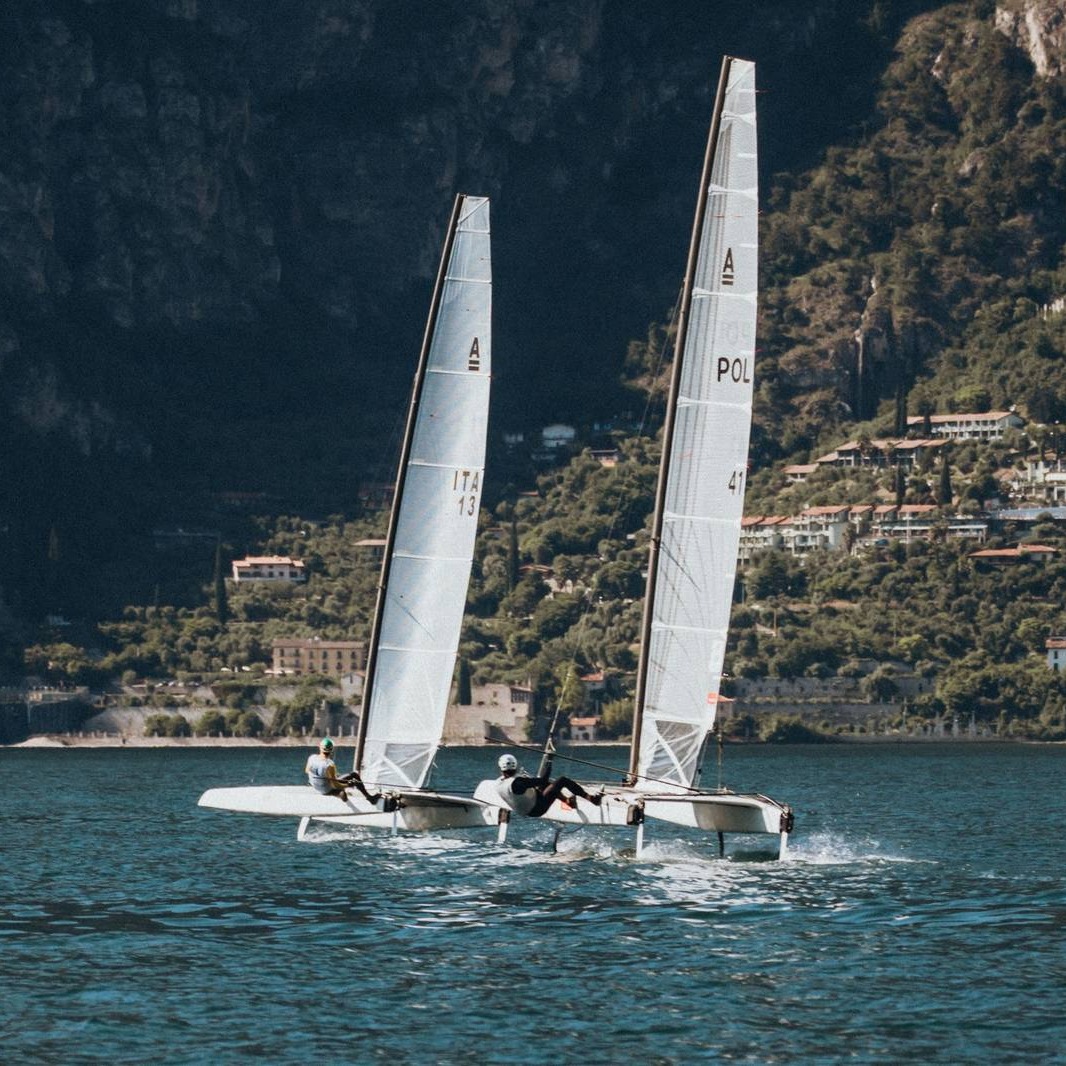
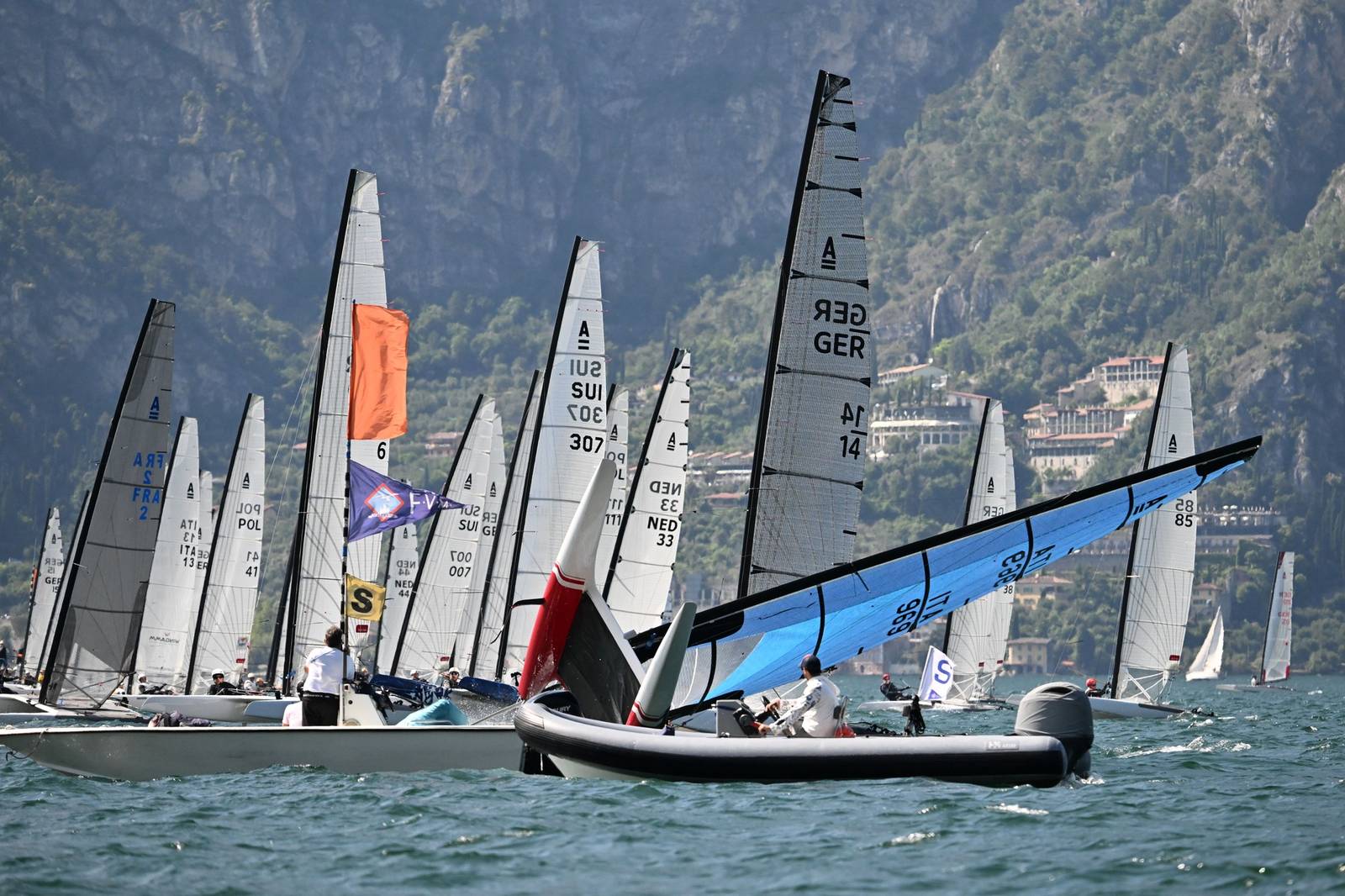



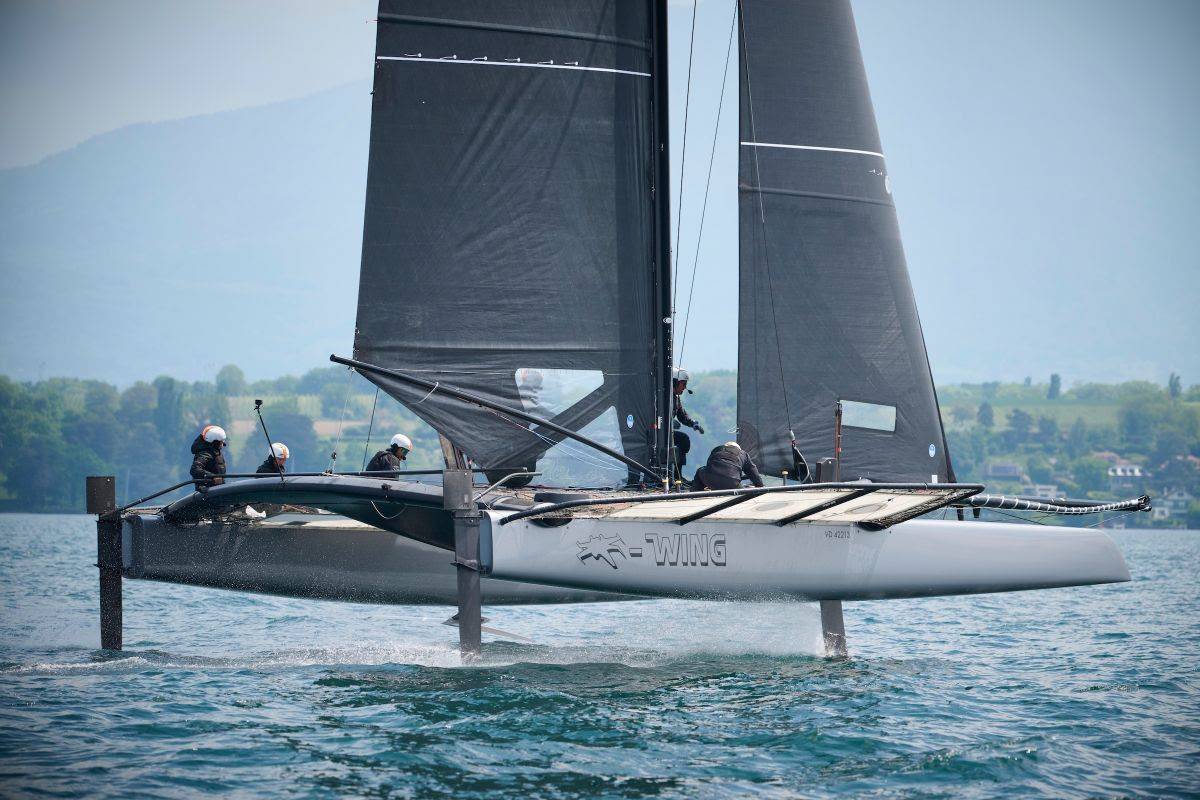
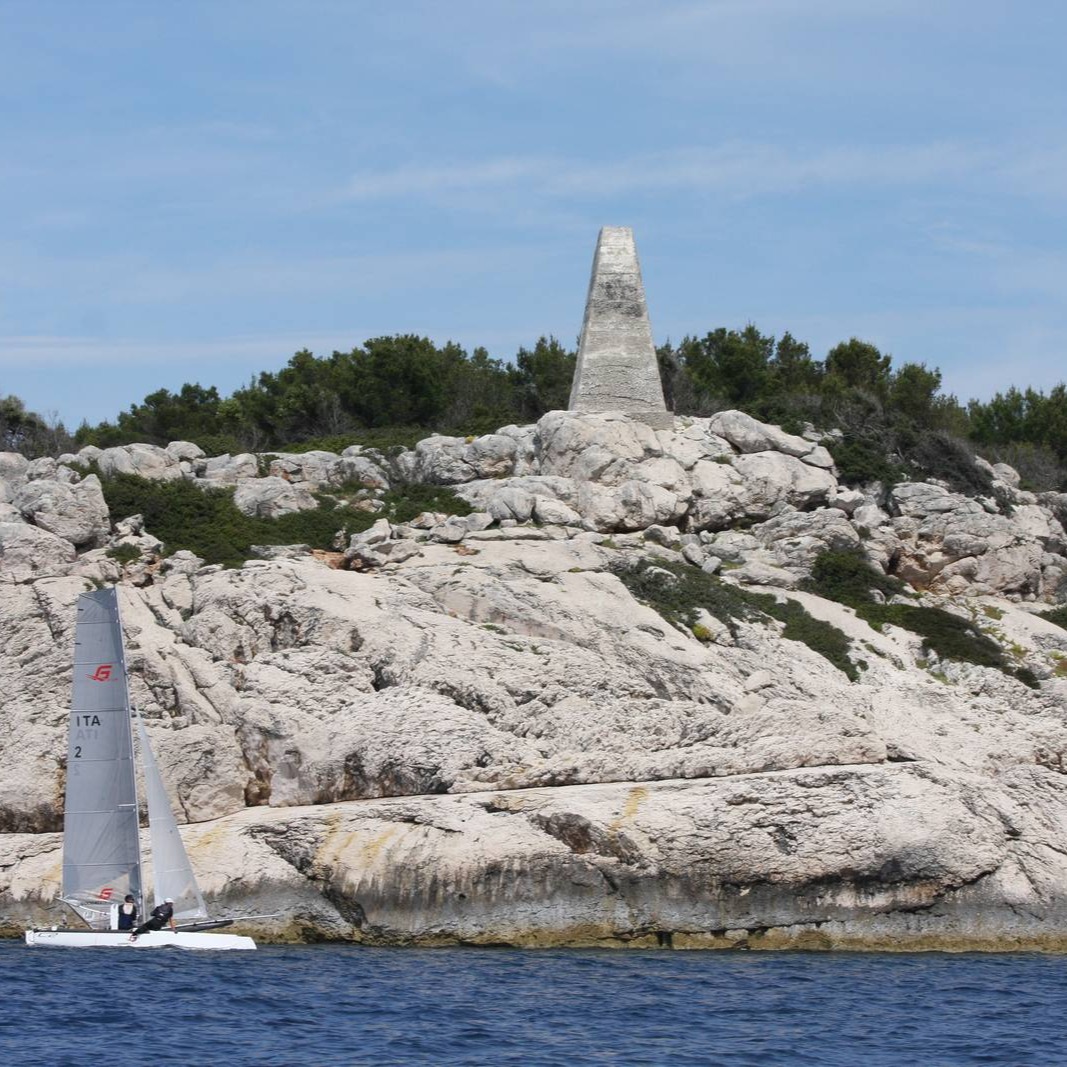
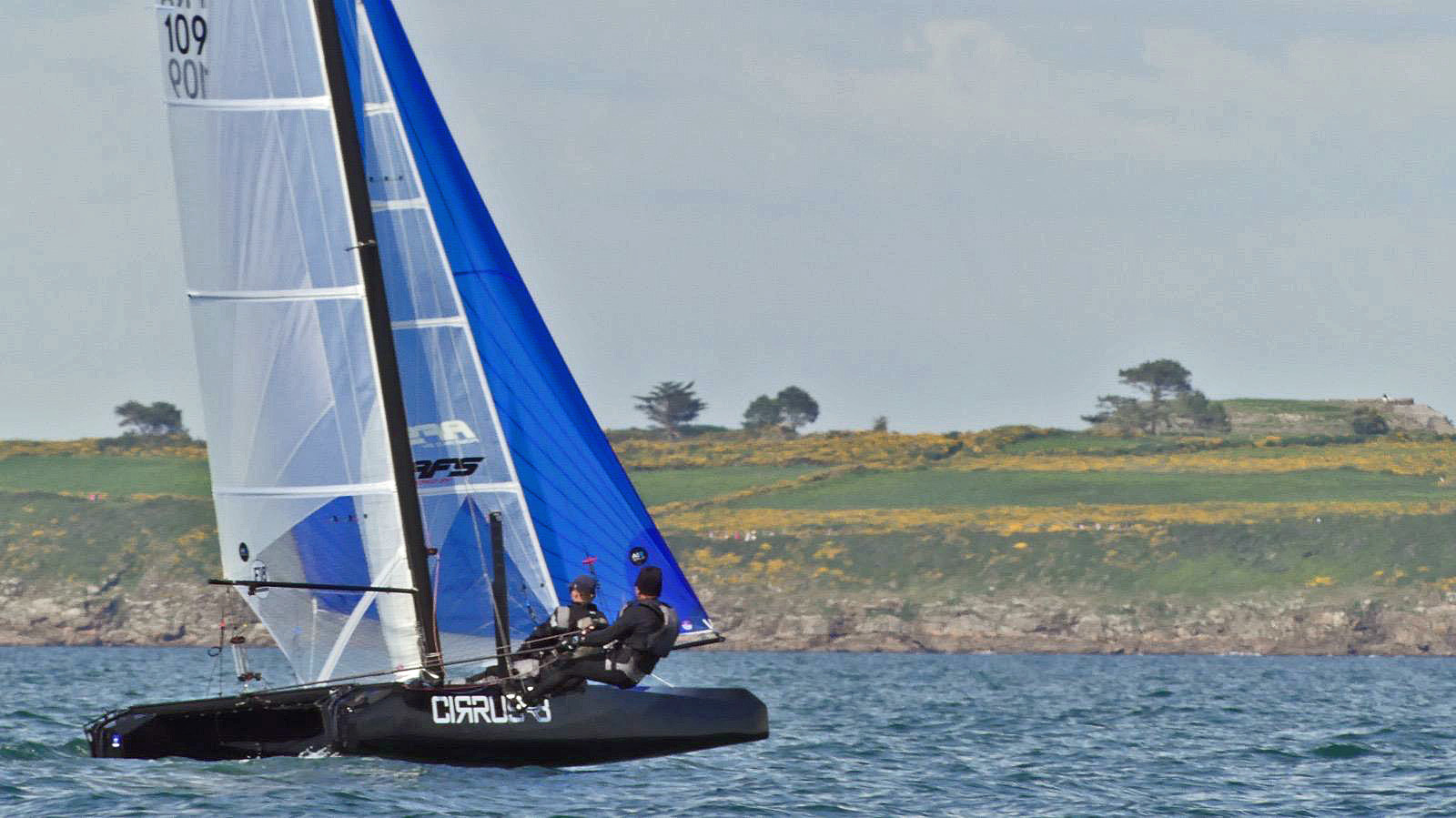
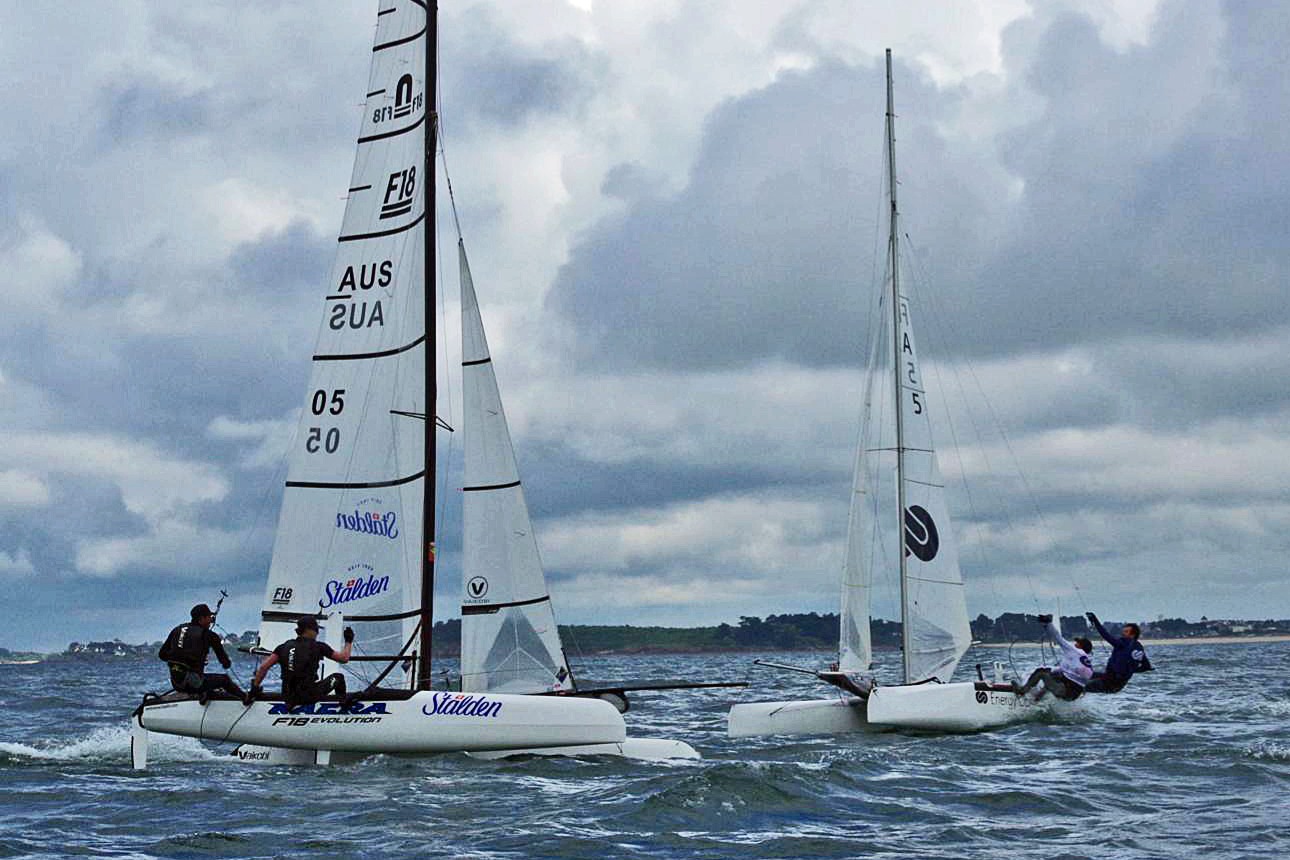
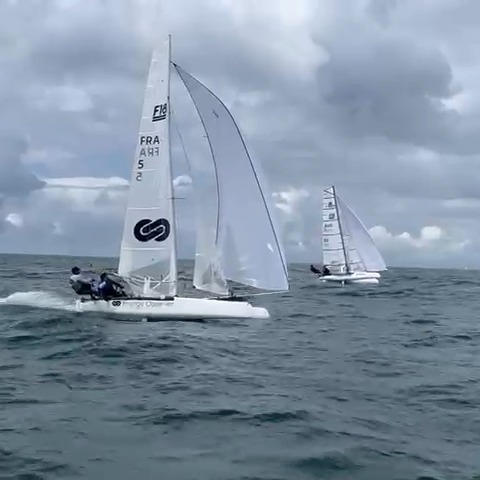
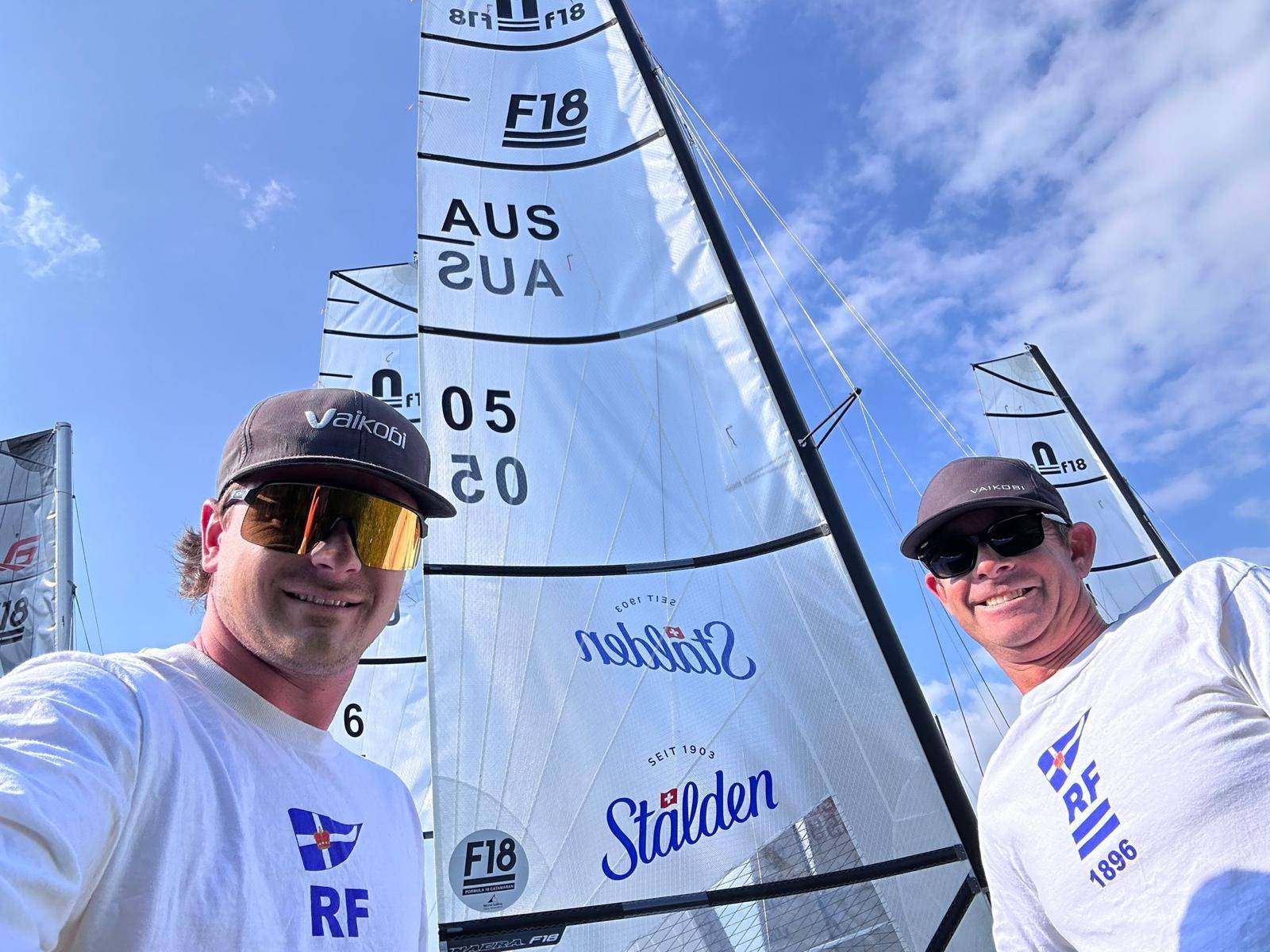

















Great, great interview.Lot of concepts clear as water, lot of info to dig in! thanks Martin & Paul